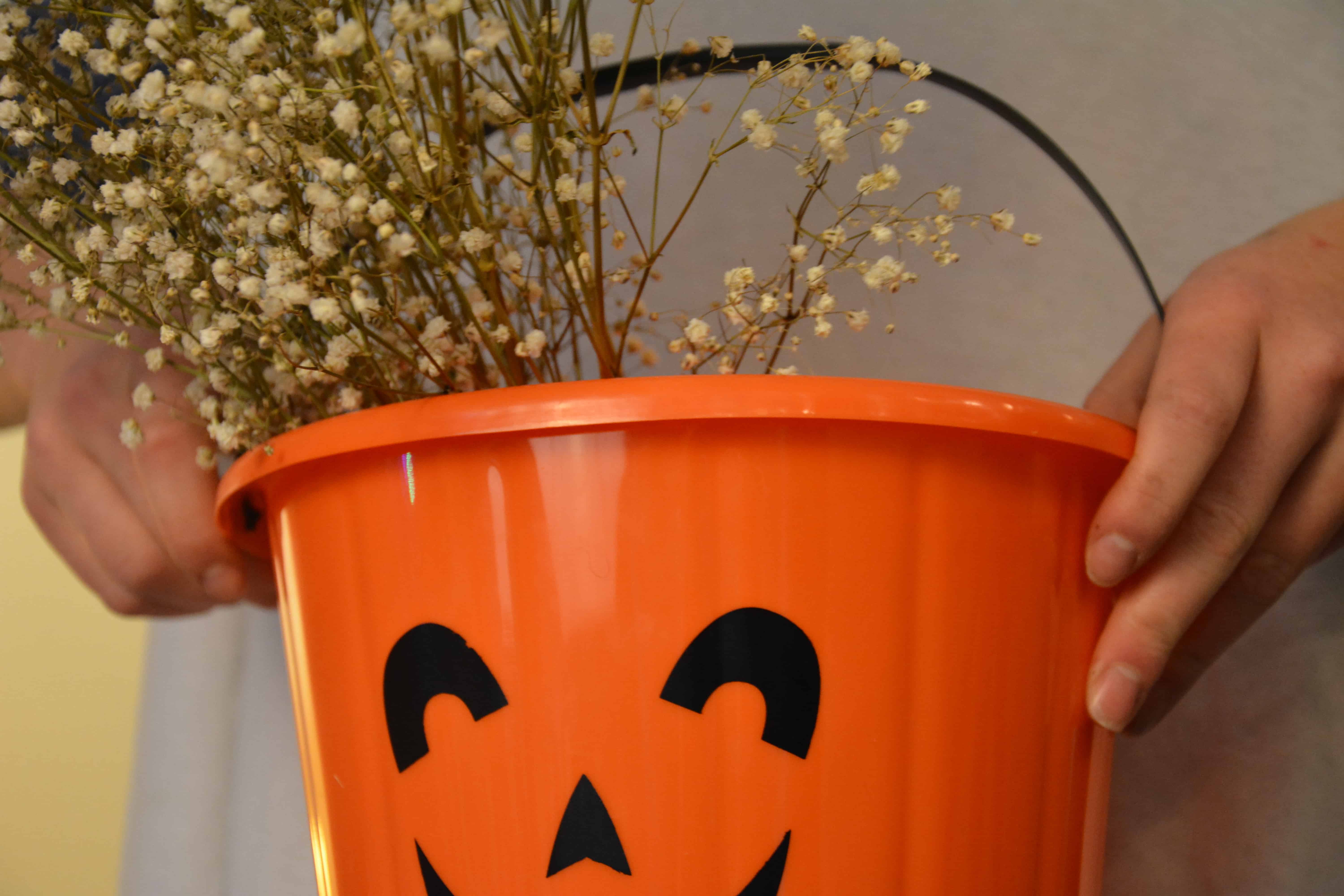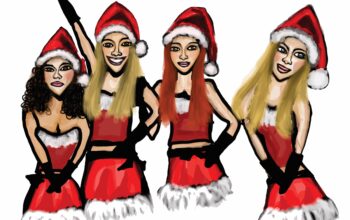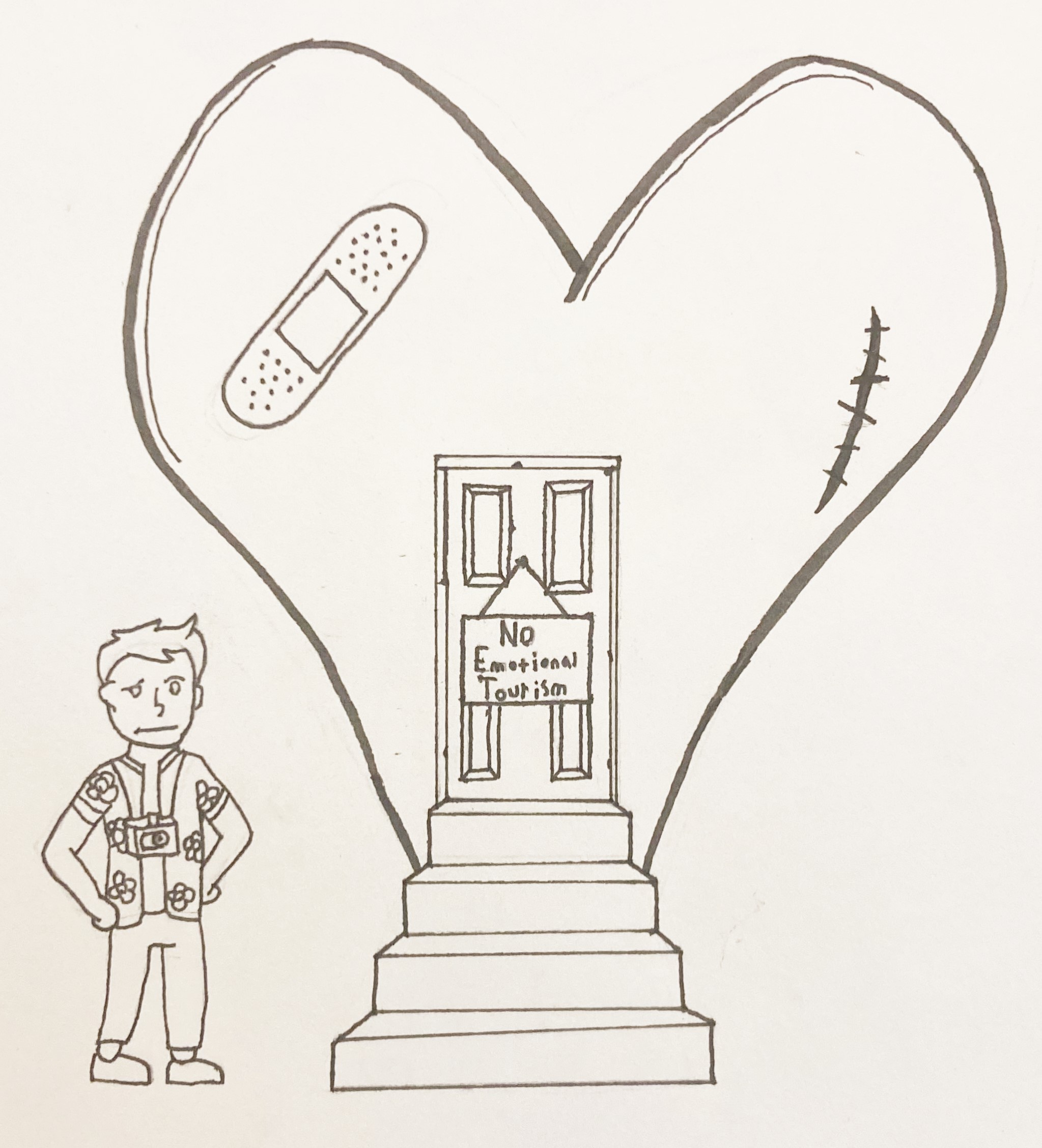Older than Christmas, Halloween comes from the 2000-year-old Celtic tradition of Samhain. This festival indicated the end of the harvest season and the coming of the new year. The Halloween colors of orange and black originate from this festival. Black meant the death of summer while orange meant harvest. People believed that on this day the worlds of life and death would come together and ghosts would come out. They would light bonfires to commemorate the event, wear masks to ward off ghosts and leave treats on their doorsteps for them. This practice would continue for hundreds of years.
In 55 BC, the Roman Empire conquered the Celtic region, and since then, traditions intermingled. During this period of rule, many Roman festivals mixed with Celtic ones. For example, the holiday of Feralia, which was in late October, celebrated the dead. Later, after Pope Boniface IV dedicated May 13 as All Martyrs Day, Pope Gregory III changed the holiday to November 1 and renamed it All Saints Day. In many ways, All Saints Day was similar to Samhain, in that it had bonfires, parades, and costumes. All Saints Day was also called All Hallows Day and the day before it on October 31 was known as All Hallows Eve— which would later be known as Halloween.
This tradition would later come to America but grow slowly. Places in New England, which were dominated by the Protestant religion, did not celebrate Halloween, but in the South, like Maryland, it was much more common. Halloween was further popularized when Irish immigrants came to America to escape the Irish Potato Famine. They brought along with them traditions such as potato or turnip carving. The term jack-o-lantern even came from an Irish legend of a man named Jack who trapped the Devil and released it on the condition that he would not go to hell. When Jack died, he wandered the earth as a ghost and people would carve faces on turnips to scare him away. Later, after carving was introduced to America, pumpkins replaced turnips and potatoes.
Aside from pumpkin carving, most people are fond of trick or treating. Junior Elizabeth Biely says, “As a child, my favorite aspect of Halloween was trick or treating.” Even though trick or treating is fun for many children today, it had an entirely different meaning before. The most accepted theory is that trick or treating came from the English parades of All Souls Day where beggars would receive soul cakes if they prayed for the deceased. The “trick” part comes from the fact that many poor citizens would play jokes or perform tricks instead of praying. Another theory is that it came from the Samhain tradition of leaving out treats to satisfy the roaming ghosts. Whichever theory is right, Halloween is definitely a secular tradition in America. Fueled by the commercialization of candy and other products, the popularity of Halloween has boomed. From there, Halloween has become America’s third favorite holiday.
Photo By: Sadie Bates



